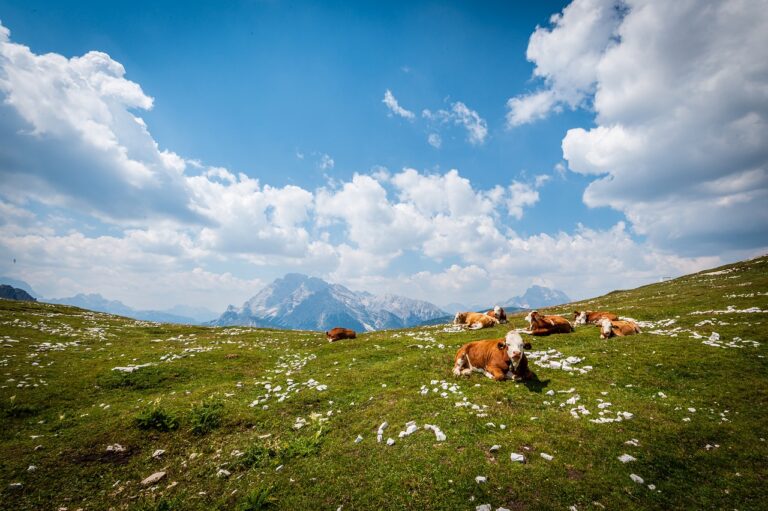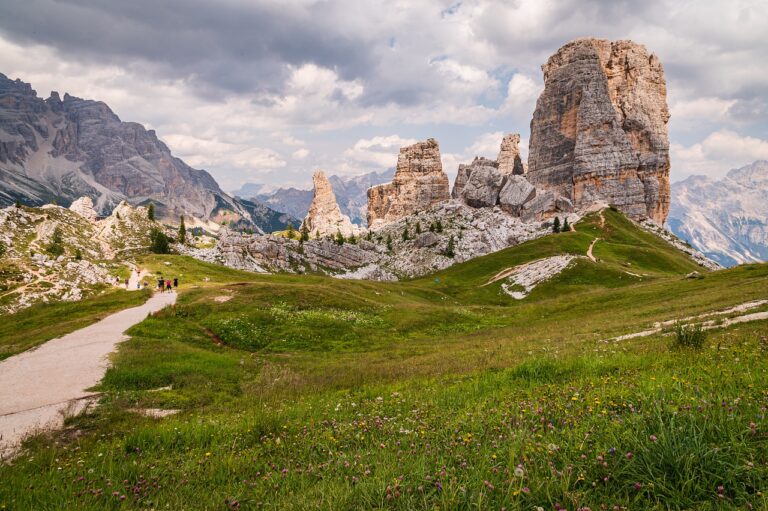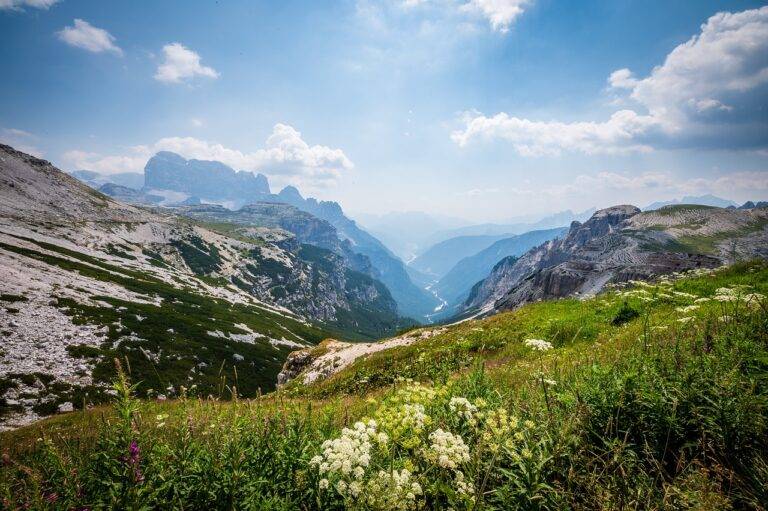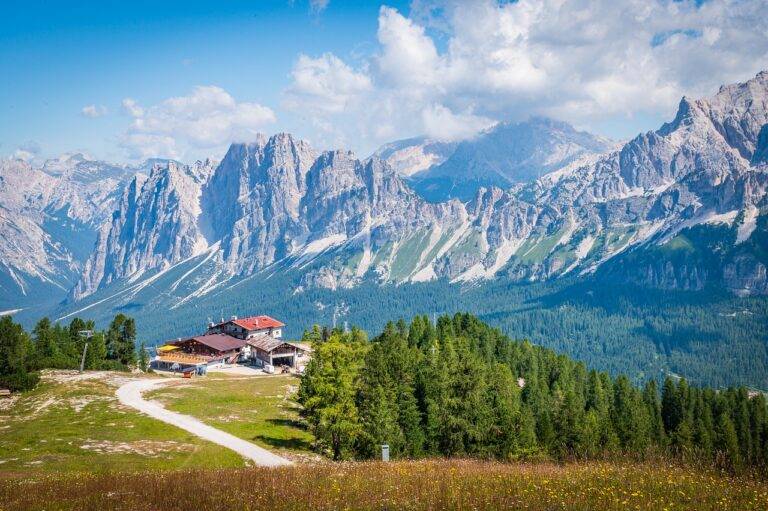Reforestation and Conservation Projects in Travel Destinations
Being mindful of environmental conservation when traveling is crucial in preserving the beauty and sustainability of our planet. The impact of tourism on the environment can be significant, from carbon emissions to waste generation. By making conscious decisions to reduce our ecological footprint while traveling, we can contribute to the protection of natural habitats and wildlife.
Engaging in eco-friendly practices such as supporting local conservation efforts, respecting wildlife and their habitats, and minimizing single-use plastics can make a positive difference in the places we visit. By fostering a culture of environmental responsibility in travel, we can help ensure that future generations can continue to enjoy and benefit from the wonders of our world.
The Role of Reforestation in Sustainable Tourism
Reforestation plays a crucial role in promoting sustainable tourism practices by restoring ecological balance in areas affected by deforestation. By planting trees and replenishing forests, this practice not only helps in preserving natural habitats but also contributes to mitigating climate change. In destinations where tourism activities have led to environmental degradation, reforestation efforts can act as a key strategy to enhance the overall sustainability of the tourism industry.
Moreover, reforestation initiatives can create opportunities for local communities to engage in conservation efforts, fostering a sense of stewardship towards their natural surroundings. When travelers witness these restoration projects firsthand, it helps raise awareness about the importance of environmental conservation and encourages them to support sustainable practices. By incorporating reforestation into tourism strategies, destinations can showcase their commitment to preserving the environment and offer visitors a chance to contribute to the long-term health of the ecosystems they enjoy.
Innovative Conservation Projects in Popular Travel Destinations
In Costa Rica, travelers have the opportunity to visit the Osa Peninsula, a biodiverse hotspot known for its rich wildlife and stunning landscapes. Here, conservation efforts are in full swing to protect endangered species like the scarlet macaw and the jaguar. Visitors can partake in eco-friendly excursions such as guided wildlife tours and tree planting activities to support the preservation of this unique ecosystem.
Over in Tanzania, the Maasai people have joined forces with conservation organizations to establish community-based tourism initiatives. These projects aim to promote sustainable practices while preserving the natural habitat of iconic African species such as elephants and lions. Travelers can engage in cultural exchanges with the Maasai community, participate in anti-poaching patrols, and contribute to reforestation efforts in the region.
Why is environmental conservation important in travel?
Environmental conservation is important in travel to protect natural habitats, preserve biodiversity, and ensure the sustainability of tourism for future generations.
What is the role of reforestation in sustainable tourism?
Reforestation plays a key role in sustainable tourism by restoring ecosystems, sequestering carbon, and providing habitats for wildlife, ultimately contributing to the overall health of the environment.
Can you provide examples of innovative conservation projects in popular travel destinations?
Yes, some examples of innovative conservation projects in popular travel destinations include community-based ecotourism initiatives, coral reef restoration programs, and sustainable agriculture projects that promote conservation and support local communities.





